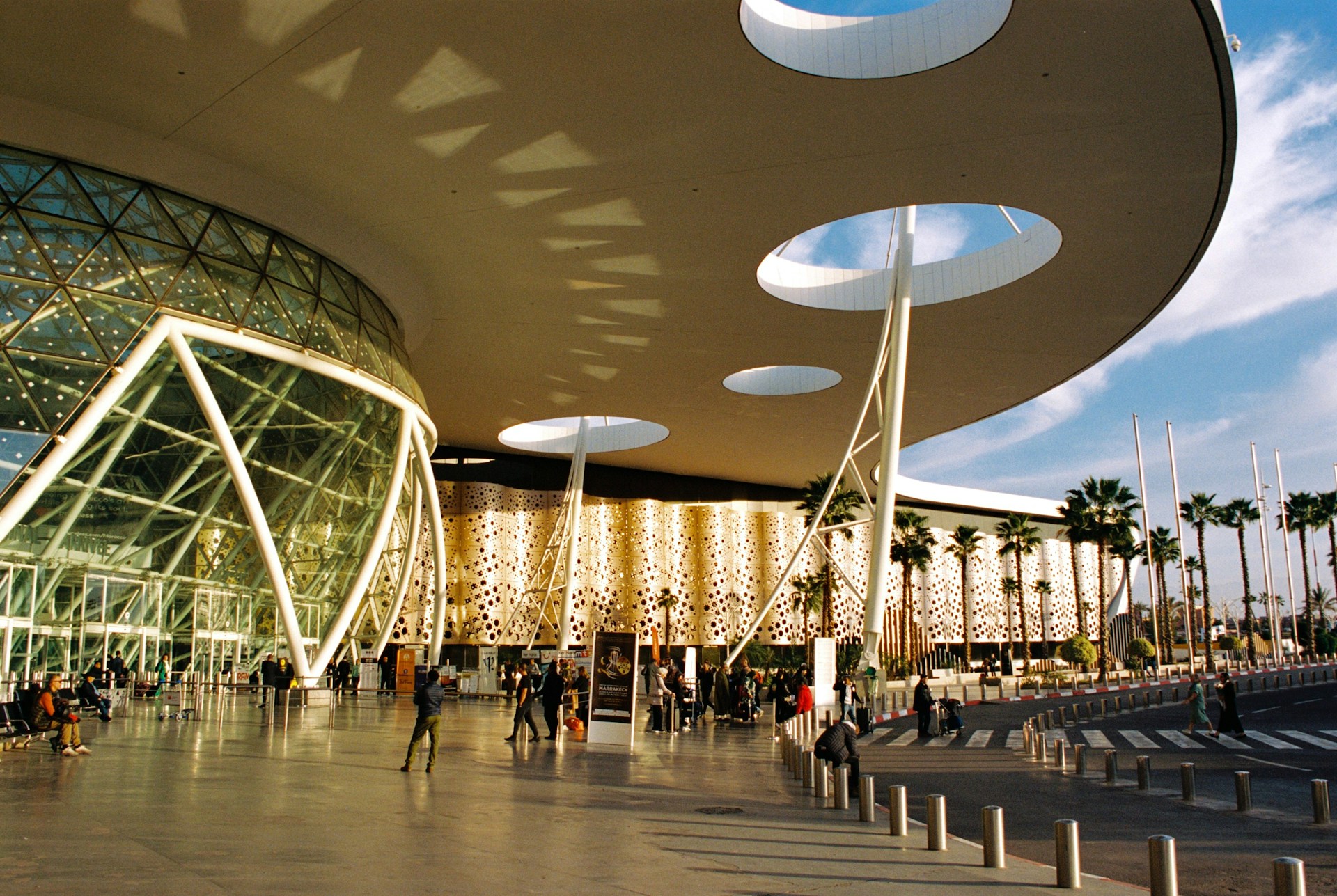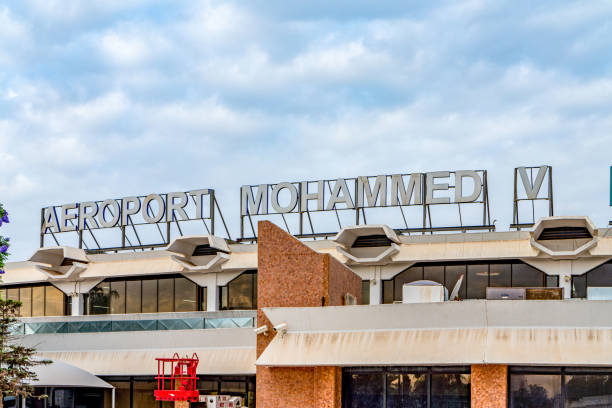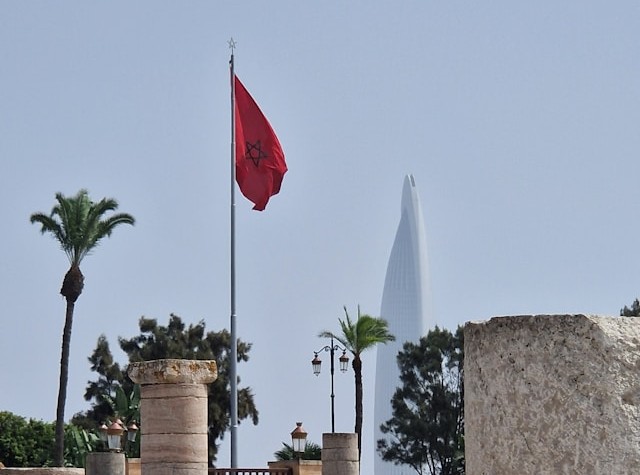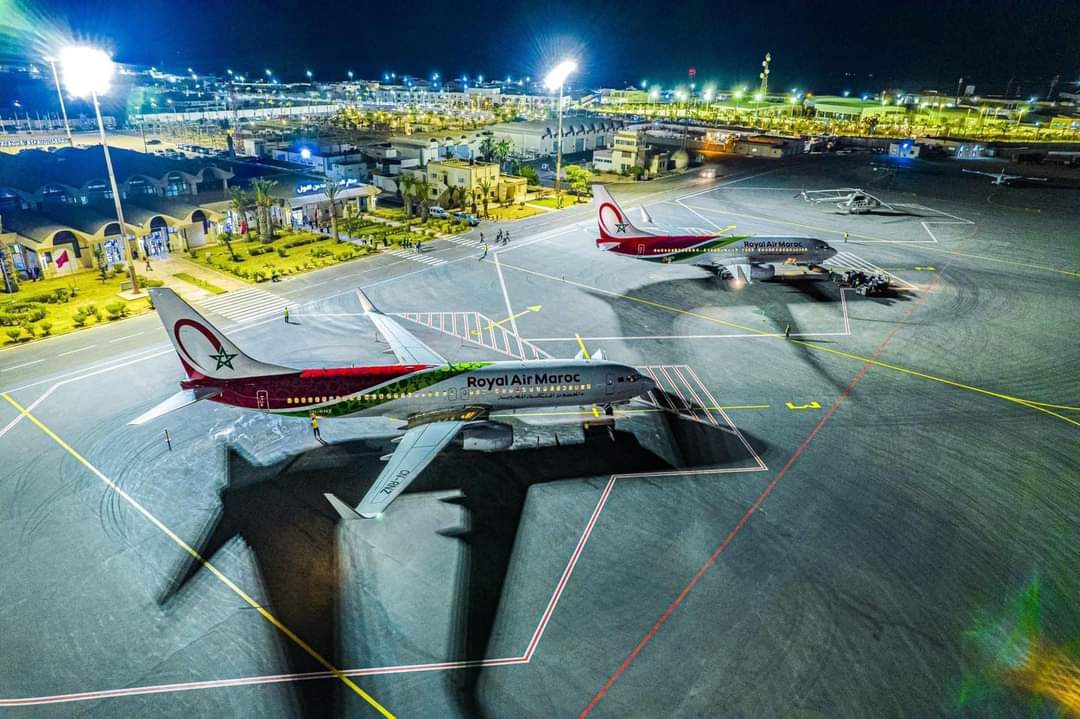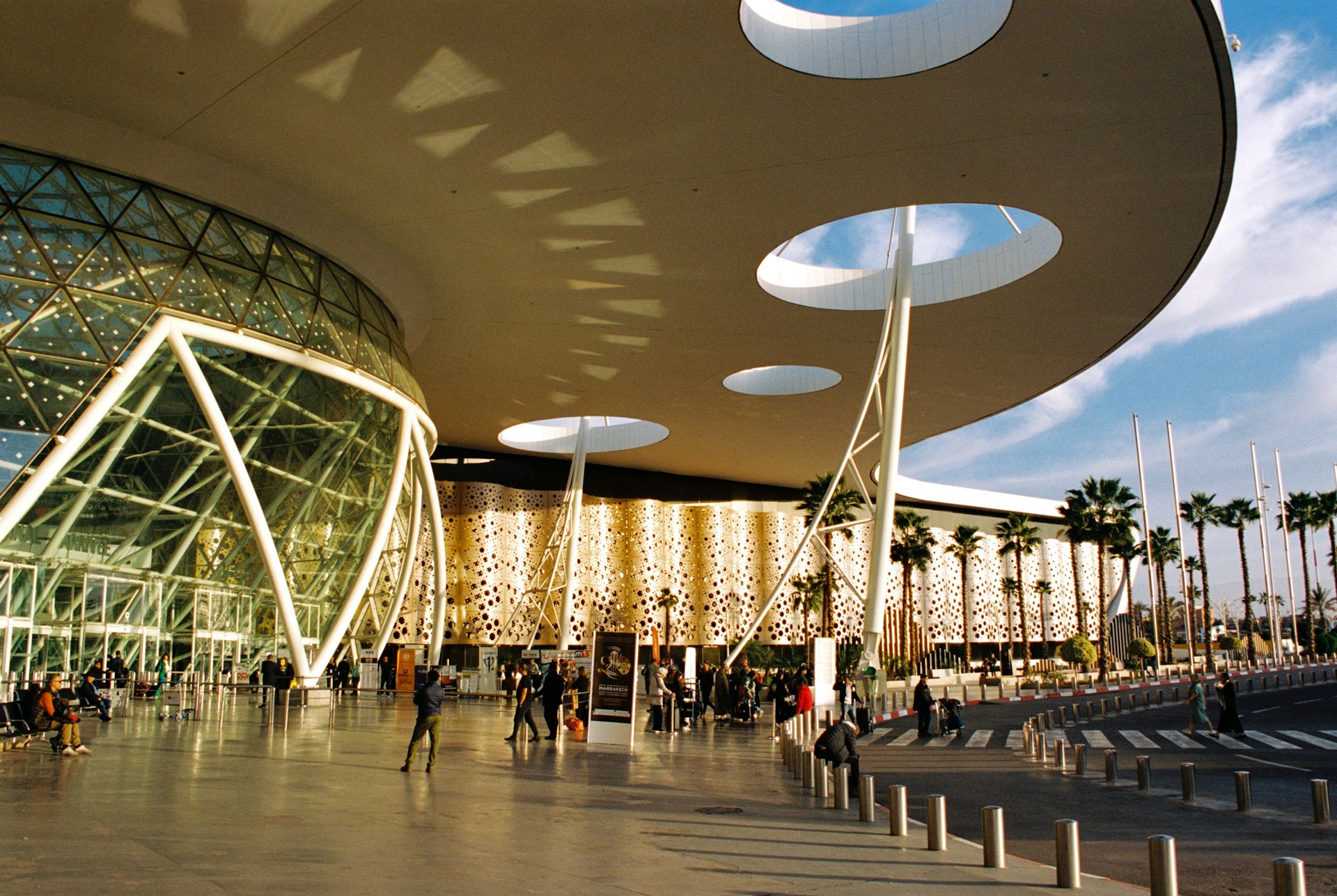Casablanca-Morocco’s aviation sector soared to unprecedented heights in 2023, marking a milestone year in the country’s air transportation history. Recent data released by the National Airports Office revealed that Moroccan airports witnessed an exceptional surge in passenger traffic, welcoming a staggering 27,091,249 passengers throughout the year a remarkable 32 percent increase compared to the previous year.
This remarkable achievement reflects the robust growth of Morocco’s international air transport sector, with international passenger arrivals witnessing a notable 32 percent rise, totaling 24,429,325 passengers compared to 2022. The surge in passenger numbers can be attributed to the introduction of new airline services by various aviation companies operating within Morocco. These airlines have significantly expanded connectivity by introducing new routes to and from key global destinations, including major European cities like Bilbao, Warsaw, and Geneva, as well as prominent hubs in the Middle East, Far East, and North America.
Leading the charge in this record-breaking year are airports such as Marrakech Menara, Rabat Salé, and Tangier Ibn Battuta, each experiencing impressive double-digit growth rates compared to the previous year. Notably, Marrakech Menara Airport witnessed a remarkable 41 percent increase in passenger traffic, consolidating its status as one of the busiest airports in Morocco.
Beyond the established airports, emerging hubs like Al Aroui Nador Airport and Agadir Al Massira Airport also made significant strides. Al Aroui Nador Airport achieved a historic milestone by surpassing the one million passenger mark for the first time in December 2023, underscoring its growing significance as a key aviation gateway in the region. Similarly, Agadir Al Massira Airport exceeded the two million passenger threshold once again, reaffirming its crucial role for both domestic and international travelers.
While 2023 witnessed remarkable success, it’s important to note that Moroccan air transport activity, though experiencing robust growth, remains slightly below the levels recorded in 2019, when it exceeded 10 million passengers. Nonetheless, the sector’s upward trajectory demonstrates the resilience and potential of Morocco’s aviation industry, with a remarkable recovery rate of up to 95 percent compared to pre-pandemic levels.
Looking ahead, Morocco’s aviation future appears promising, with ongoing investments in infrastructure and strategic partnerships expected to further enhance connectivity and drive growth in the coming years. As Morocco cements its position as a key player in the global aviation landscape, the record-breaking achievements of 2023 underscore the nation’s unwavering commitment to excellence in air transportation.
